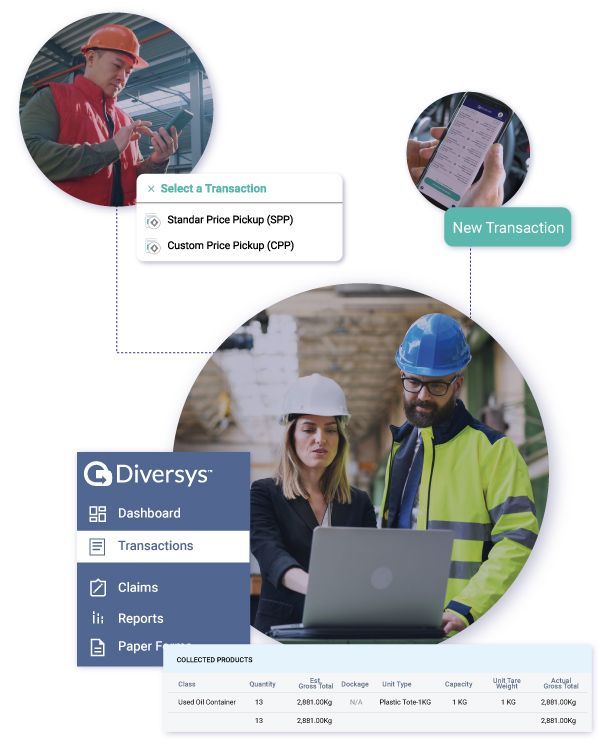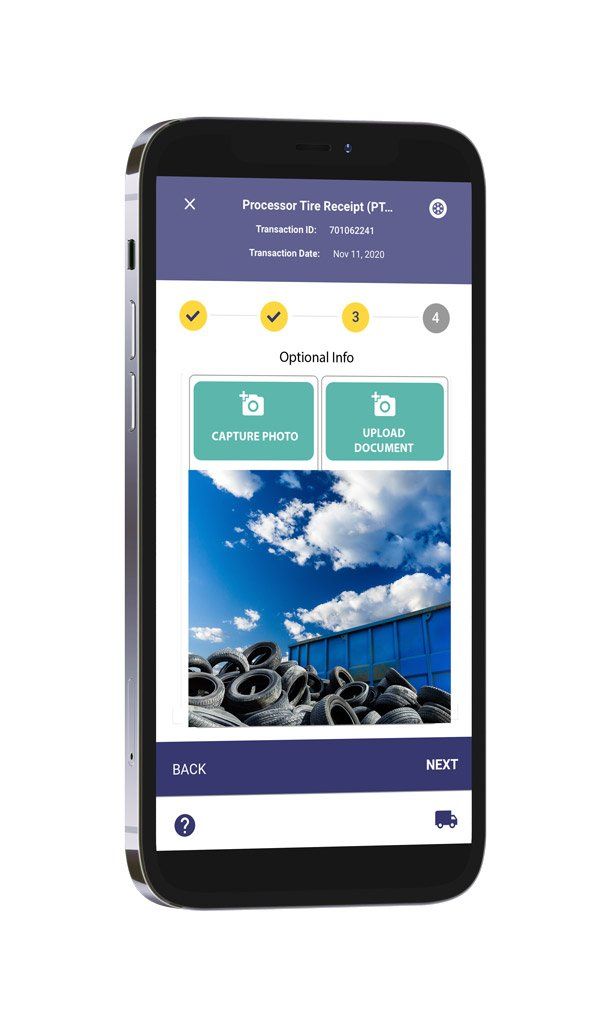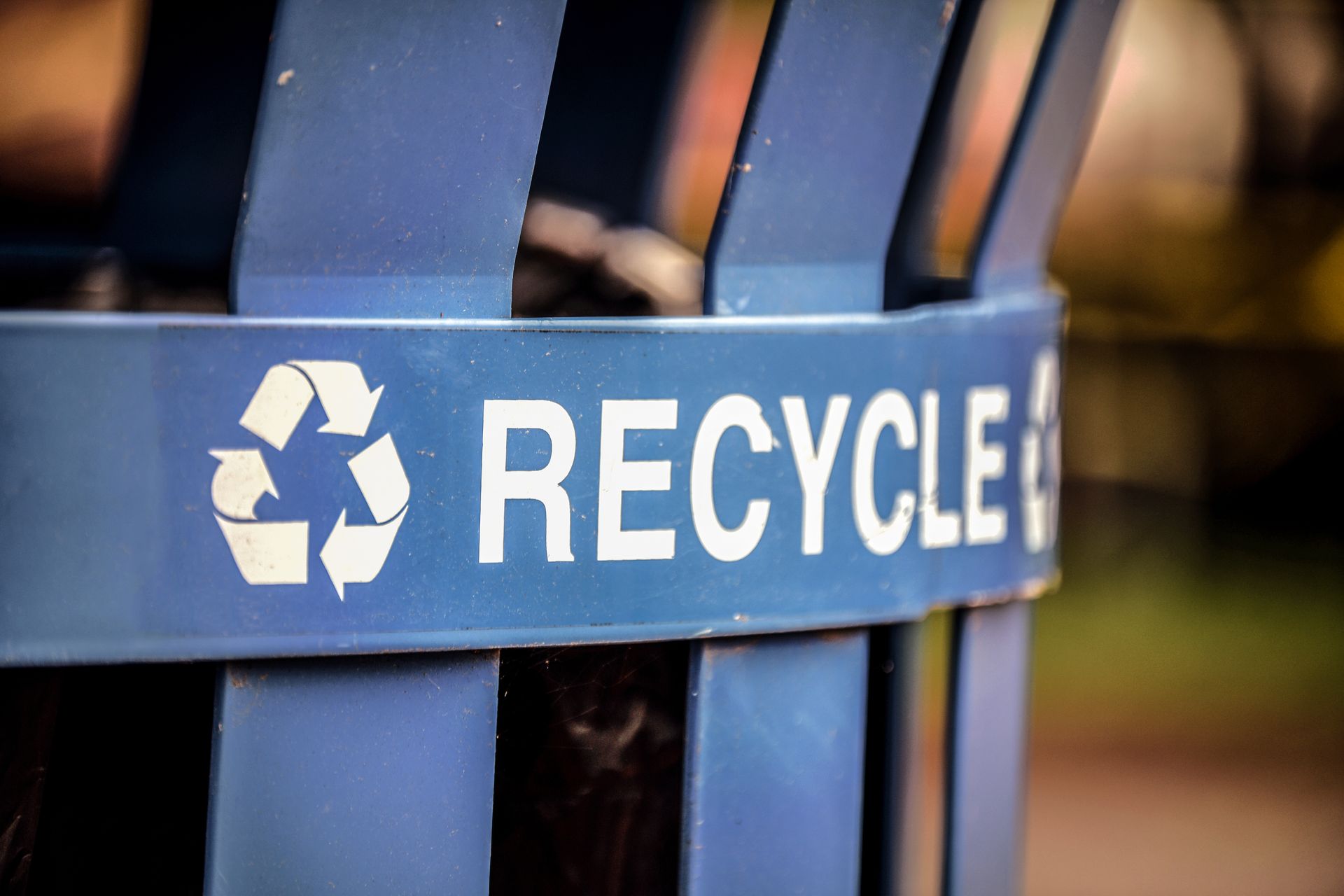Compliance Reporting and Auditing Requirements for Waste and Recycling Management

Waste and recycling management is crucial to environmental sustainability and social responsibility. It involves appropriately collecting, transporting, processing, disposing, and reusing waste materials generated by various activities and sectors. Waste and recycling management is about reducing the environmental impact of waste and complying with legal and regulatory requirements.
Compliance reporting and auditing are essential for ensuring that waste and recycling management processes follow applicable laws, standards, and best practices. Compliance reporting refers to collecting, analyzing, and submitting data and information on waste and recycling activities to the relevant authorities or stakeholders. Auditing refers to verifying, evaluating, and improving the quality and effectiveness of waste and recycling management systems and processes.
Whether industrial, commercial, or institutional sector, compliance reporting and auditing can be challenging and time-consuming, especially with multiple sites, different waste streams, and complex data to collect and analyze. Fortunately, software and technology platforms help simplify and streamline compliance reporting and auditing.
Why are compliance reporting and auditing essential for waste and recycling management?
How are waste and recycling organizations complying with reporting and auditing requirements?
The Importance of Compliance Reporting and Auditing in Waste Management
Compliance reporting and auditing are critical components of any waste management program, helping to:
- Monitor waste generation, diversion, and disposal activities
- Measure progress toward waste reduction goals
- Identify opportunities for improvement and optimization
- Demonstrate compliance with relevant regulations and standards
- Communicate environmental performance to stakeholders
Depending on the sector, location, size, and type of waste, organizations may have to comply with different reporting and auditing requirements at the municipal, state/provincial, federal, or international levels. Extended Producer Responsibility (EPR) is a policy approach that requires designated organizations to report on regional recycling program operations where program data must be tracked and reported to relevant authorities.
Accurate recycling rate tracking, management, reporting, and auditing are essential for improving confidence in local recycling programs and encouraging consumers to participate in micro and macro sustainability initiatives. Compliance reporting and auditing can also help achieve various certifications or accreditations to enhance reputation and competitiveness. For example, Zero Waste Canada or ISO 14064 require and encourages businesses to conduct waste audits and report on their waste data.
Challenges in Complying with Reporting and Auditing Requirements
While compliance reporting and auditing can bring many benefits, it also poses several challenges, such as:
- Collecting accurate and consistent data from multiple sources
- Managing different formats, units, and standards of data
- Analyzing large volumes of data and generating meaningful insights
- Producing clear and comprehensive reports that meet the requirements of different audiences
- Keeping up with changing regulations and standards
- Ensuring data security and privacy
Organizations face several challenges when complying with recycling reporting and auditing requirements, many deserving of their own articles, such as the top data challenges in recycling operations. These challenges can make compliance reporting and auditing a daunting and tedious task for many businesses. They can also increase the risk of errors, omissions, or inconsistencies affecting your compliance status or credibility.
Software and Technology for Recycling Compliance Reporting and Auditing
Software solutions such as Diversys can help overcome these challenges and improve your compliance reporting and auditing process, by:
- Automating data collection and calculations from various sources, transporters, collectors, and processors
- Integrate data from different systems, such as accounting, inventory, or CRM
- Homogenize data formats, units, and standards
- Validate data quality and accuracy
- Store data securely in a cloud-based platform
- Analyze data using advanced tools, such as dashboards, graphs, or charts
- Generate customized reports that meet specifications
- Share reports easily with other stakeholders, such as regulators, customers, or investors
By using waste recycling technology solutions, organizations can save time, money, and resources while meeting compliance requirements. Various participants in the recycling value chain can even leverage recycling tracking software to accelerate circularity and improve program performance.
Technology Solutions for Meeting Waste Management and Recycling Compliance Obligations

Compliance reporting and auditing are crucial for waste management and tracking progress toward improved environmental practices across regions and industries. Monitoring program performance and the impact of waste program policies can help identify gaps, demonstrate compliance, enhance transparency, improve customer satisfaction, and support ongoing sustainability initiatives.
However, many organizations need help complying with requirements. Technology can help overcome these challenges, and specialized software can help improve compliance reporting auditing capabilities by automating data collection, integration, validation, and analysis. These solutions can help streamline processes, reduce costs, increase transparency, and improve trust while fostering industry-wide innovation.

About Diversys
Diversys is proud to have its roots in Ontario, Canada - a province widely recognized for its leadership in EPR and sustainability. Since 2019, we've been dedicated to creating innovative software solutions that drive progress toward a world without waste.
Our story is a testament to the power of hard work, customer loyalty, and big ideas. We are committed to empowering organizations with the waste recycling software solutions necessary for achieving a sustainable future. Our cutting-edge software platform is helping organizations achieve their ESG goals, meet reporting obligations, and improve operational efficiency for their recycling programs.
Our commitment to delivering world-class solutions that drive meaningful progress towards waste reduction and a more sustainable future is unwavering. Our team of industry experts is ready to help you navigate the rapidly-evolving waste management landscape as we progress toward a circular economy.





